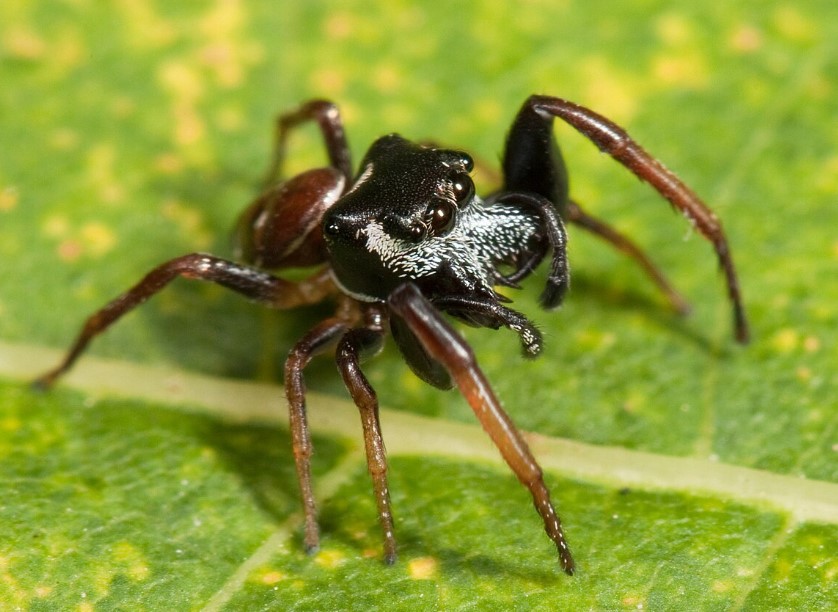
Spain’s warm climes are home to a fascinating array of creatures, but few are as misunderstood as Jumping Spiders. These agile little arachnids, belonging to the Salticidae family, are ubiquitous across Spain – from sun-drenched facades to the comfort of your own home. Despite their frequent presence and distinctive, spring-loaded movements, they are often mistakenly perceived as a threat. Yet, the reality could not be further from these fears.
Jumping Spiders in Spain: A Closer Look at Their Harmlessness
It’s a common misconception that Spanish jumping spiders pose a danger to humans. Most species found here are tiny. Their chelicerae (fangs) are primarily designed to prey on small insects like fruit flies, not to penetrate human skin. In fact, many are physically incapable of doing so. Even for the few species that could theoretically bite, the effect would be little more than a mild mosquito bite – and would not look any different. Should you actually be bitten by such a spider, it would most likely be barely noticeable and go undetected.
The widespread fear of spiders, known as arachnophobia, unfortunately often leads to premature conclusions. Statements like “nasty little biters” or reports of alleged spider bites diagnosed by doctors are often based on misunderstandings. It’s important to know that the vast majority of medical professionals are unable to reliably diagnose spider bites. Many skin irritations mistakenly attributed to spiders are actually the result of insect stings, allergic reactions, or infections.
Intelligent Hunters: The Nature of Jumping Spiders
Far from being pests, jumping spiders are highly intelligent, curious, and incredibly useful animals. They don’t build classic webs to catch food but are active hunters. Their exceptional eyesight, among the best in the entire spider kingdom, allows them to track prey with astonishing precision and ambush them. During the day, they roam around, pouncing on unsuspecting insects with a silken safety line – much like a bungee cord.
Some species of jumping spiders even exhibit remarkable cognitive abilities. For example, the Portia spider, a genus closely related to jumping spiders, has been observed planning complex, indirect routes to reach its prey from an ideal angle, cleverly avoiding obstacles. This level of spatial reasoning and problem-solving is rare in the invertebrate world and underscores the intelligence of these animals.
Although the jumping spiders native to Spain are smaller than their famous relatives like the Royal Jumping Spider (Phidippus regius) from America, which are often kept as pets, they share their gentle and intelligent nature. They recognize patterns, observe their surroundings, and even show a certain interaction with their environment.
Jumping Spiders as Useful Housemates
Jumping spiders are excellent allies in the home. Their presence in your living spaces means a natural reduction in flies and mosquitoes, without the need for chemical repellents. A small but heartwarming tip for the hot Spanish summers: You can even offer these little helpers water. Simply dip a cotton swab in clean water and gently hold it near the spider. You will often observe them drinking – a small reminder that even these tiny creatures need hydration.
So, the next time you see one of these fascinating creatures looking up at you from the garden wall or scurrying across your windowsill, there’s no need to panic. You’ve just met one of Spain’s most helpful and fascinating little neighbors. Give them a chance and perhaps even a drop of water!



